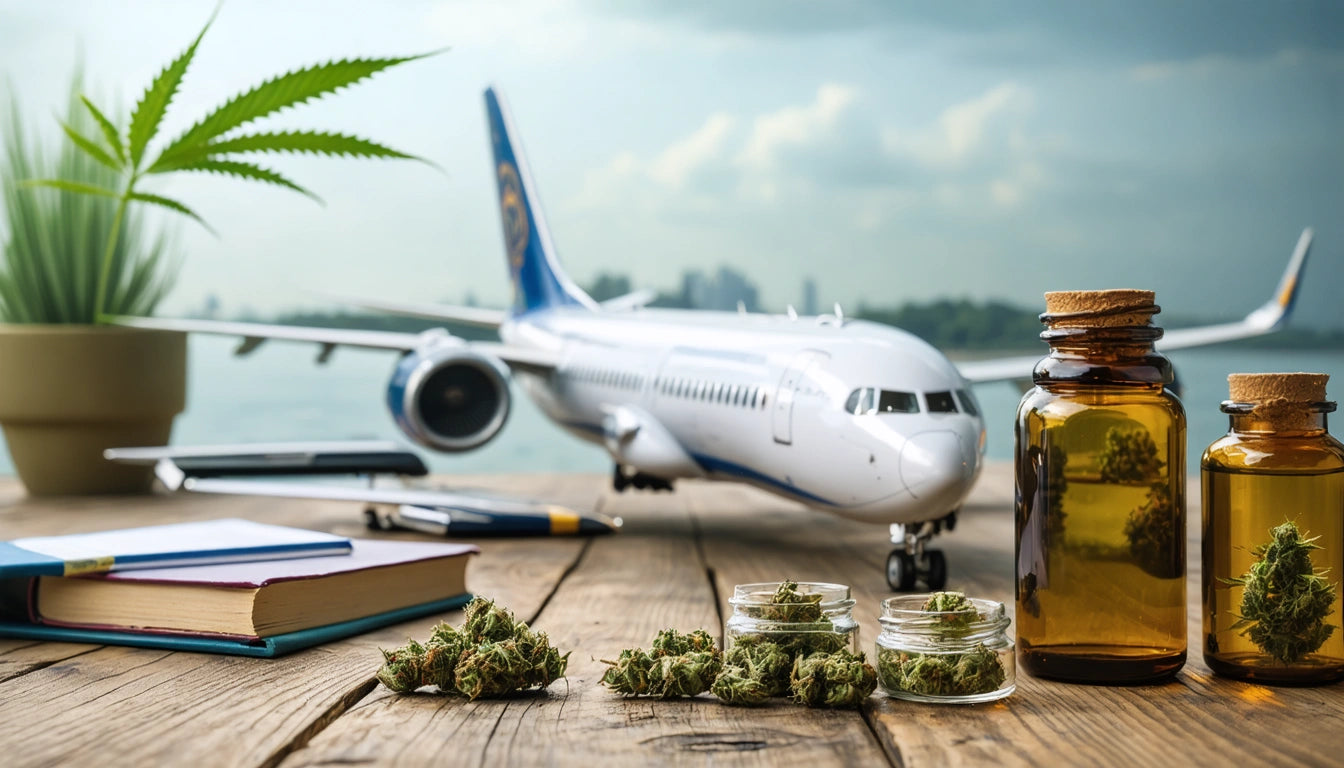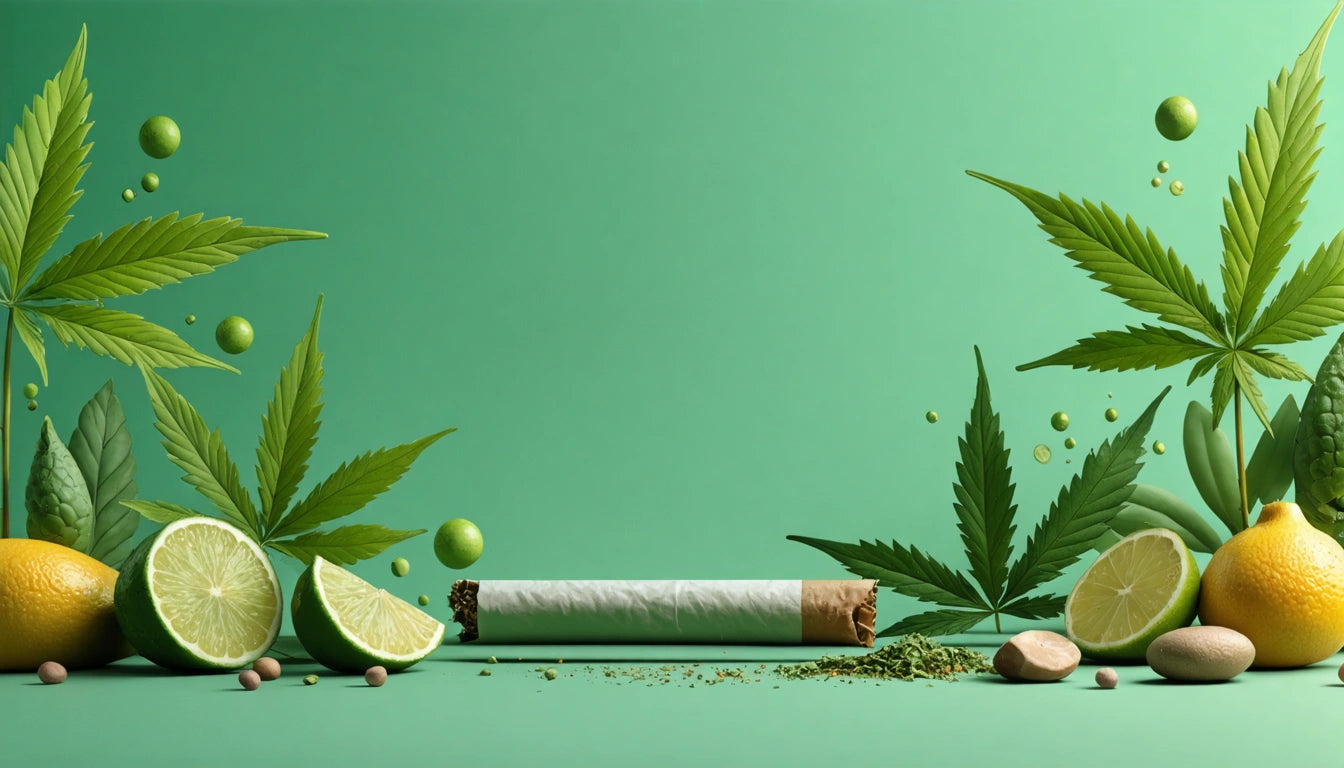Table of Contents
Why Are My Cannabis Plant Leaves Turning Yellow?
Yellow leaves on cannabis plants are often the first sign that something isn't right with your grow. This discoloration, known as chlorosis, can be caused by various factors ranging from nutrient deficiencies to pest infestations. Understanding why your weed plant leaves are turning yellow is crucial for maintaining plant health and maximizing yields.
Understanding Yellowing Cannabis Leaves: Common Causes
When cannabis growers notice their plants developing yellow leaves, it's important to identify the pattern and location of the yellowing. Is it affecting new growth or older leaves? Is the yellowing starting at the tips, edges, or between the veins? These details provide valuable clues about the underlying issue.
According to expert analysis on cannabis leaf yellowing, the most common causes include:
- Nutrient deficiencies or excesses
- Improper watering practices
- pH imbalances in soil or water
- Light burn or heat stress
- Pest infestations or disease
- Natural aging of the plant
Nutrient Deficiencies: Identification and Solutions
Nitrogen Deficiency
The most common reason why weed leaves turn yellow is nitrogen deficiency. This typically begins with older, lower leaves turning yellow, as the plant redirects nitrogen to newer growth. The yellowing progresses upward if left untreated.
Solution: Apply a nitrogen-rich fertilizer according to manufacturer instructions. For organic growers, blood meal or fish emulsion can provide a natural nitrogen boost.
Other Common Deficiencies
Yellowing cannabis leaves may also indicate deficiencies in:
- Magnesium: Yellowing between leaf veins, while veins remain green
- Iron: Yellowing of new growth and leaf tips
- Potassium: Yellow or brown edges with curling leaf tips
- Sulfur: Entire leaves turn lime-green to yellow
Addressing these deficiencies requires specific amendments and proper storage of nutrients. Using properly sealed containers with child-resistant lids can help preserve the potency of liquid nutrients and prevent contamination while keeping them safely stored away from children.
Watering Issues: Overwatering and Underwatering
Improper watering is another common reason why cannabis plant leaves turn yellow. Both overwatering and underwatering can stress plants and lead to yellowing foliage.
Overwatering Signs
When cannabis plants are overwatered, they develop:
- Drooping, heavy-looking leaves that turn yellow
- Slow growth and susceptibility to root rot
- Wet soil that doesn't dry out between waterings
Solution: Allow soil to dry out until the top 1-2 inches feel dry to the touch before watering again. Ensure proper drainage in pots and consider adding perlite to heavy soils.
Underwatering Signs
Underwatered plants typically show:
- Crispy, dry yellow leaves, often curling upward
- Slow growth and wilting
- Very dry, compact soil
Solution: Establish a regular watering schedule based on your specific growing environment and plant size. Learning to read plant signals helps establish optimal watering practices.
pH Imbalance and Soil Problems
Cannabis plants thrive in specific pH ranges, and imbalances can lock out nutrients even when they're present in the soil. This is a frequent cause of yellowing top leaves in weed plants.
For soil grows, maintain pH between 6.0-7.0, with 6.5 being ideal. For hydroponic systems, aim for 5.5-6.5. When pH levels drift outside these ranges, plants cannot absorb certain nutrients, leading to deficiencies and yellow leaves.
Solution: Regularly test the pH of your water and soil using a digital pH meter or testing kit. Adjust pH using appropriate up/down solutions, and consider flushing the growing medium if severe imbalances occur.
Light Burn and Heat Stress
Excessive light intensity or heat can cause cannabis leaves to yellow, particularly at the tops of plants closest to grow lights. This is often confused with nutrient issues but can be identified by its specific pattern.
Signs of light burn include:
- Yellowing primarily on upper leaves directly under lights
- Leaves curling upward at the edges
- Bleached white spots on leaves or buds
Solution: Increase the distance between plants and lights, improve ventilation, or reduce light intensity if possible. Maintaining proper temperature (70-85 °F during light periods) and humidity (40-60% during vegetative growth) helps prevent heat stress.
Pest and Disease Management
Various pests and diseases can cause cannabis leaves to yellow. Common culprits include:
- Spider mites: Create tiny yellow or white spots
- Fungus gnats: Damage roots, leading to nutrient uptake issues
- Root rot: Causes yellowing from the bottom up
- Powdery mildew: Can lead to yellowing as the infection progresses
Regularly inspect both sides of leaves and the soil surface for signs of pests. Early identification of plant issues is crucial for effective treatment.
Solution: Treat with appropriate organic pesticides, beneficial insects, or fungicides depending on the specific problem. Neem oil is effective against many common cannabis pests when used properly.
Prevention Strategies for Healthy Cannabis Plants
The best way to avoid yellowing cannabis leaves is through preventative care and creating optimal growing conditions. Implement these practices to maintain vibrant, green plants:
- Use quality soil or growing medium with proper drainage
- Follow a balanced feeding schedule appropriate for your plant's growth stage
- Maintain proper environmental conditions (temperature, humidity, airflow)
- Practice crop rotation and clean growing spaces between cycles
- Keep detailed grow journals to track plant responses to changes
Remember that some yellowing of lower, older leaves during the flowering stage is natural as the plant redirects energy to bud production. However, widespread yellowing throughout the plant always indicates a problem that needs addressing.
By closely monitoring your plants and responding quickly to early signs of yellowing, you can maintain healthy cannabis plants with lush, green foliage throughout their life cycle.











Leave a comment
All comments are moderated before being published.
This site is protected by hCaptcha and the hCaptcha Privacy Policy and Terms of Service apply.